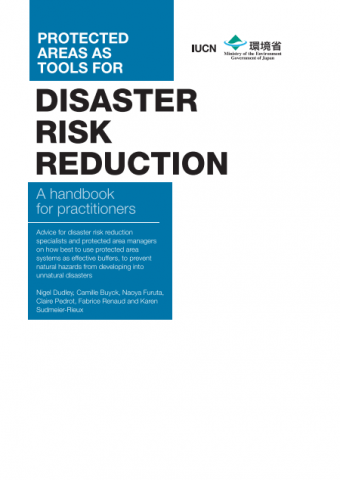Protected areas as tools for Disaster Risk Reduction. A handbook for practitioners


Disaster risk reduction (DRR) has therefore become a critical part of sustainable development strategies. The acronym DRR embraces a complex mixture of policies and actions, from education of civil society, through disaster preparedness strategies to engineering solutions ranging from construction of sea walls to building regulations that aim to protect cities against earthquakes.
The following handbook provides practical guidance on the effective use of protected areas as tools to reduce the likelihood and impacts of disasters. The main text is supplemented by case studies drawing on the experience of the Ministry of Environment in Japan, the International Union for Conservation of Nature (IUCN) and partners. It is aimed in particular at: • DRR specialists, so that they understand and can integrate protected areas into DRR strategies • Protected area system administrators and managers, so that they recognize the value of their protected areas for DRR, and understand how best to plan and manage protected area systems to contribute to DRR strategies within protected areas and surrounding communities. The handbook will be one of a series detailing how protected areas can maximize the ecosystem services that they provide, without undermining their fundamental nature conservation function.
© 2015 Ministry of Environment, Japan and International Union for Conservation of Nature and Natural Resources
Protected areas as tools for Disaster Risk Reduction. A handbook for practitioners
https://portals.iucn.org/library/sites/library/files/documents/2015-001.pdf
